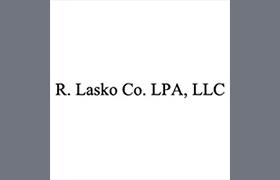Walbridge Collection Lawyer, Ohio, page 3
Sponsored Law Firm
-
 x
x

Click For More Info:
-
R. Lasko Co. LPA, LLC
1406 W 6th St STE 200, Cleveland, OH 44113» view mapBusiness, Estate, Real Estate, Employment Competent Legal Representation
Let R. Lasko Co. LPA, LLC handle all your legal needs today!
216-574-2602
Timothy John Dever
Employee Rights, Civil Rights, Corporate, Collection
Status: In Good Standing Licensed: 37 Years
Scott Michael Graeff
Health Care Other, Federal Appellate Practice, Collection, Personal Injury
Status: In Good Standing Licensed: 23 Years
Thomas Joseph Kelley
Litigation, Banking & Finance, Collection, Bankruptcy
Status: In Good Standing Licensed: 42 Years
Wendy C. Johnson
Litigation, Divorce, Insurance, Collection
Status: In Good Standing Licensed: 29 Years
Teresa M. Dewey Bacho
Litigation, Workers' Compensation, Collection, Medical Malpractice
Status: In Good Standing Licensed: 31 Years
 Ronald Lasko Cleveland, OH
Ronald Lasko Cleveland, OH AboutR. Lasko Co. LPA, LLC
AboutR. Lasko Co. LPA, LLC
